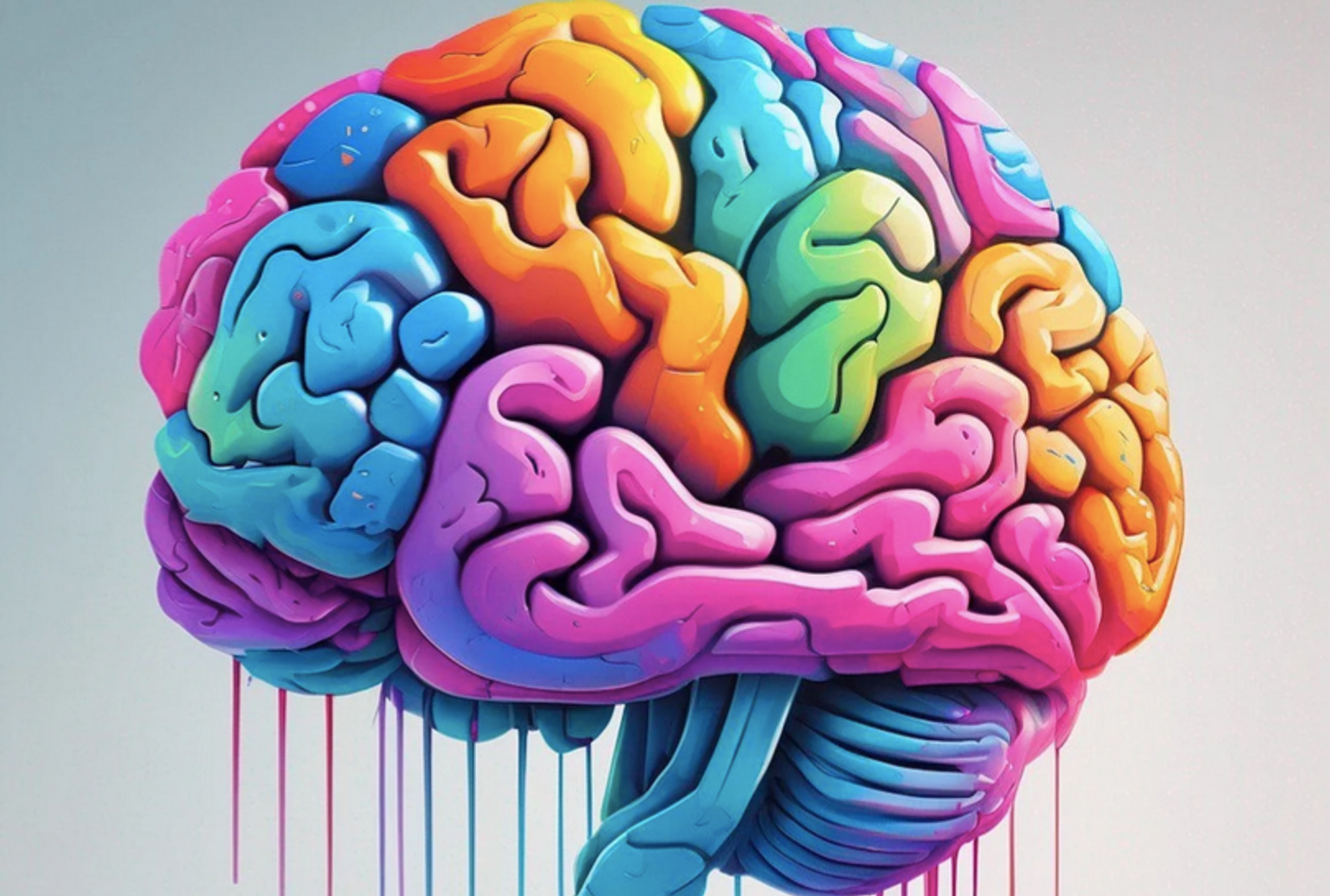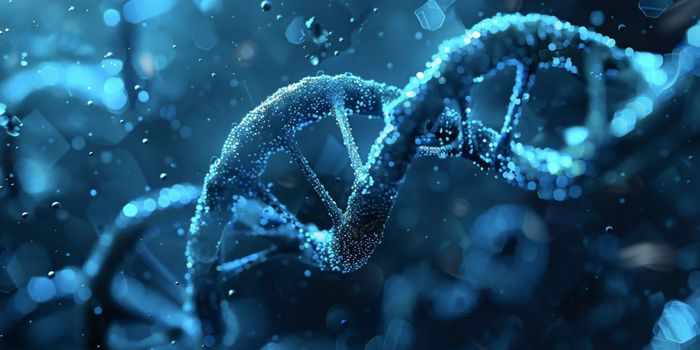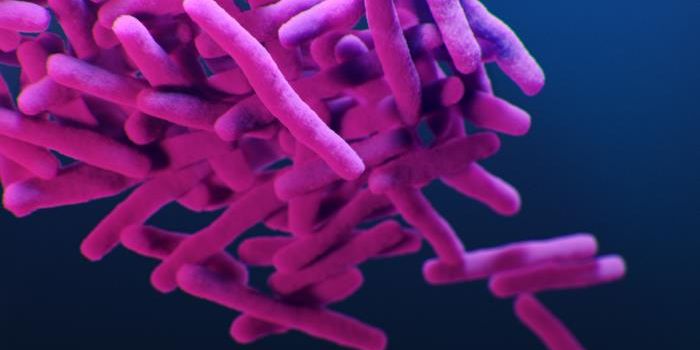Understanding The Genetic Mechanisms of Brain Asymmetry
There are some popular misconceptions about the brain, such as the idea that the right side of the brain is solely responsible for creativity, or that one hemisphere is somehow dominant. But there are widespread networks throughout the brain that serve many functions, including those that facilitate creativity, and both hemispheres of the brain are important. There are, however, structural differences between the two halves of the human brain, along with many other species. In some disorders, there are problems with the brain's organization that manifest as a loss of these differences.
Scientists are now learning more about the genetic factors that underlie the differences between the left and right halves of the brain. New research using a zebrafish model has shown that a particular protein called Cachd1 is essential to the establishment of neural wiring and various functions in the different halves of the brain. Mutations in the Cachd1 gene were shown to cause disruptions in the asymmetric development of the brain. Those mutations led to the loss of left-right asymmetry in a portion of the brain called the habenula; so the right half of the brain developed like the left half did. The neural links in the habenula were disrupted, potentially disrupting its function. The findings have been reported in Science.
The habenula is also present in the human brain, and is considered to be a microstructure that is related to sleep regulation, reward learning, and other functions. The habenula may also be related to several psychiatric disorders, such as major depression and schizophrenia.
Additional work in this latest study has shown that Cachd1 attaches to two receptors that are related to a signaling pathway known as Wnt. This pathway has been widely investigated and has a variety of important roles, such as in embryonic development, and in adult tissue homeostasis.
The effect of Cachd1 appears to be specific to the right half of the brain; Cachd1 seems to be crucial to left- and right-brain developmental differences, potentially by impacting activity on the right side only. There could be some inhibitory action in the left half of the brain that is waiting to be identified. More work will also be needed to determine what other effects Cachd1 may have on the Wnt pathway.
"Together, the team have allowed us to make exciting new insights into both Wnt signaling and the development of brain asymmetry," said senior study author Professor Steve Wilson of the University College of London.
Sources: Wellcome Trust Sanger Institute, Science









